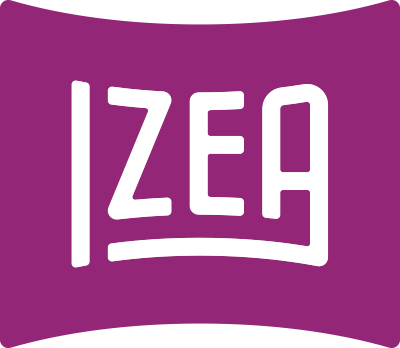Approximately 42 percent of the global population uses social media, equating to a staggering 3.196 billion people. Those figures make running a content marketing strategy online a very tempting prospect. They also mean it’s difficult to get the visibility that quality content deserves. If you’re having difficulty finding your voice on social media, consider partnering with an influencer who already has a voice, and leverage an existing audience to improve your brand reach. There are key considerations to keep in mind as you select a partner, especially influencer reach.
Understanding Influencer Reach
Developing an influencer marketing campaign has huge potential. Statistics show 49 percent of customers rely on influencer recommendations when making purchases. That potential comes at a cost. Marketers should consider a variety of data points when selecting influencers, including the field of industry in which the influencer specializes, the level of engagement the influencer enjoys, the platform the influencer works on, and the influencer’s reach.
Simply put, an influencer’s reach is the number of people who potentially see their content. It’s the size of the influencer’s audience (followers), plus the number of people who see the content through search results or recommendations. A larger reach means there are more opportunities for people to see the content, therefore a better opportunity to spread brand awareness.
How to Measure Influencer Reach
It’s possible to get indication of an influencer’s potential reach before starting a campaign. There are several measurable key performance indicators (KPIs) to help you to establish how successful the campaign is during its run and upon completion.
Audience size
For social media influencers, it’s easy to get a fair idea of how many people may see the content by looking at the number of subscribers they have. Influencers have loyal audiences that they have developed over time. Followers receive automatic notifications every time an influencer posts, so a large proportion of subscribers are likely to see any content posted.
Impressions
An impression is an instance of content appearing to an audience. If you know how many impressions a post gets, then you know how many people have potentially seen it. An impression isn’t action-based, and doesn’t mean that someone has engaged with your content in any way. It’s possible to use various tracking and analytics programs to monitor the number of impressions for your content. You can compare that figure against the number of times a viewer performs an action associated with that content, such as clicking a link.
Traffic
Expanding your brand reach increases visibility, which often means you experience increased traffic to your official website or blog. It’s possible to track if visitors have come via your influencer partner by using analytical software. You can also measure through the use of tracking pixels on associated content.
Is Large Reach Always Better?
At first, it may seem that the obvious way to ensure a successful marketing campaign is to partner with influencers of larger audiences. 81 percent of marketers consider engagement a much more important measure of marketing success than reach, and large audiences don’t necessarily equate to improved engagement. Surprisingly the opposite is often true. According to research by the influencer marketing company Markerly, users with less than 1,000 followers generate comments about 0.5 percent of the time, while users with more than 10 million followers generate comments 0.04 percent of the time.
Why Does Engagement Drop?
One of the reasons for this dip in engagement is likely to be successful influencers feeling less approachable. Statistics from Google reveal 70 percent of YouTube subscribers relate more to YouTube creators than they do traditional celebrities. Once creators have 10 million followers, they’re arguably celebrities in their own right. Furthermore, once an audience gets too large, it becomes difficult for influencers to respond to comments and queries. Smaller influencers are much more likely to respond to their audiences, as that’s a vital part of developing a community.
Reach vs. Engagement
Should you look for smaller influencers or larger influencers? The answer is one of balance, and also of carefully understanding your marketing goals. If you’ve decided to measure success based on the number of impressions your content gets, large influencer reach is of primary importance. If you’re focusing on engagement, a small influencer may be a better option. Even a small influencer (often called a micro-influencer) needs a reasonable audience to translate engagement into significantly improved sales. Influencers with around 100,000 followers represent a good balance of reach and interaction.
Other Considerations
Beyond influencer reach and engagement, there are many other factors to improve marketing effectiveness. Of particular importance is credibility in your field. For example, working with an influencer who makes video game play-throughs might get your content a lot of views. However those views are unlikely to convert into sales leads if you’re in the business of selling flowers. You also need to consider the personality of the influencers and the types of audiences they have. An outspoken influencer with a tendency to swear isn’t the perfect pick if you run a family-friendly brand.
Final Thought: Reach Out Today
Influencer marketing has the potential to dramatically improve business, with marketers seeing a return on investment 11 times higher than from traditional forms of digital advertising. But partnering with a well-known influencer isn’t a guarantee of success. First understand what your marketing goals are. Conduct research to find influencers that are the right fit, taking into account factors such as influencer reach and audience demographic. Finding the perfect partner may take time. It’s a good idea to reach out to potential candidates as soon as possible, even if you don’t intend to start a marketing campaign just yet. By following certain influencers and engaging with them regularly, it’s possible to develop a solid relationship that forms the foundation of a business agreement when the time comes.




